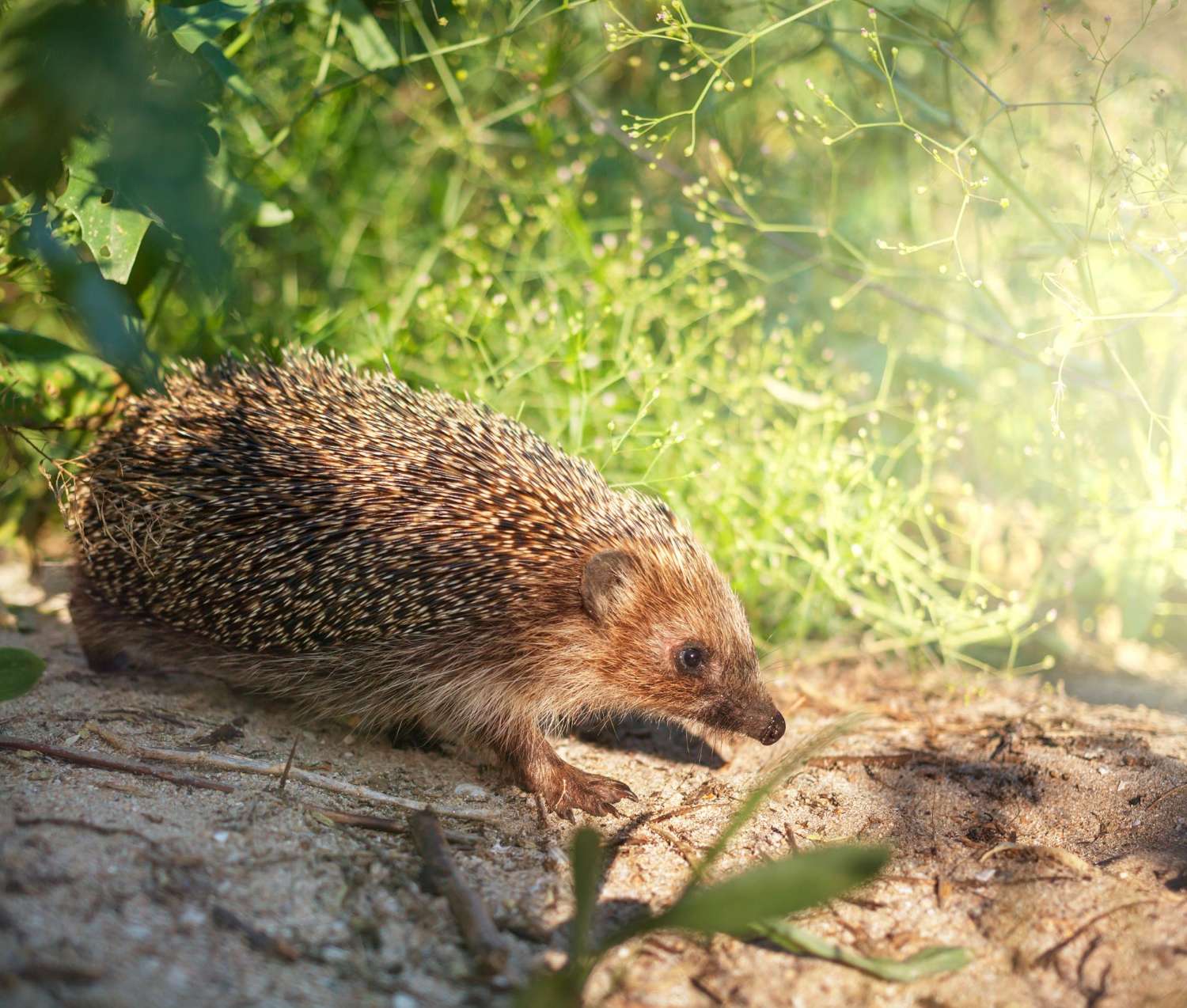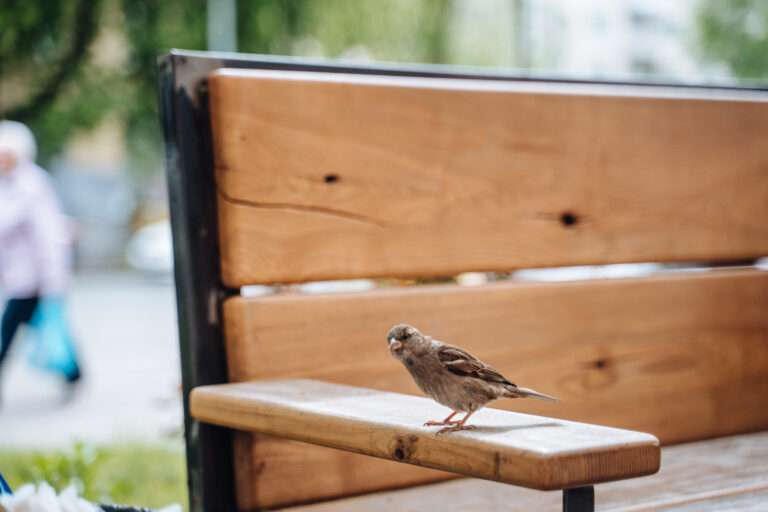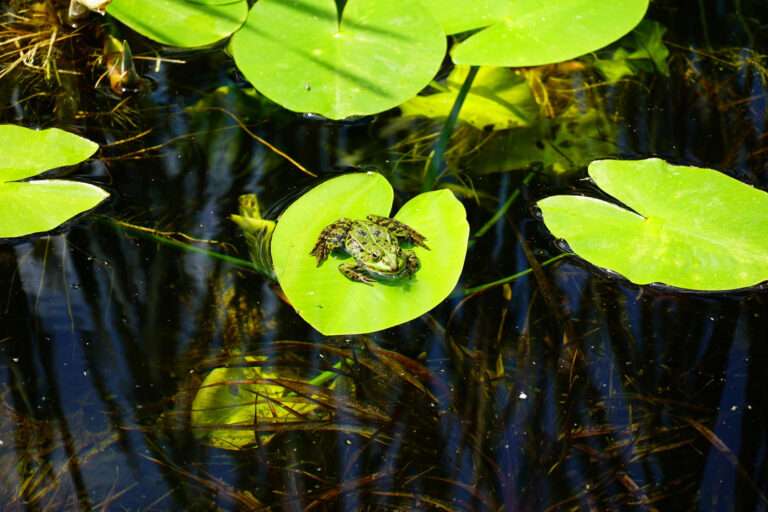How to Build a Hedgehog Hibernaculum in Your Garden
It’s a chilly November morning. The leaves are gone, the air is damp, and the garden feels quiet. But somewhere under a pile of leaves or tucked beneath a shed, a hedgehog is curled up in deep hibernation.
And that little bundle of spines isn’t just snoozing — it’s fighting for survival.
Hedgehogs in Britain are declining fast. In fact, some surveys suggest numbers have halved in rural areas since the year 2000. Loss of habitat, busy roads, tidy gardens — it all adds up. But one simple thing any of us can do is give them a safe winter shelter.
That’s where a hedgehog hibernaculum comes in.
What Is a Hedgehog Hibernaculum?
In plain terms, it’s a winter home. A shelter where a hedgehog can curl up, drop its body temperature, and survive months without food.
It doesn’t need to be fancy. A pile of logs, some leaves, a corner left untidy. Or you can build a purpose-made box, tucked away at the edge of the garden. The point is insulation and safety: warm enough, hidden enough, and undisturbed until spring.
Think of it as a hedgehog’s version of a duvet fort — just better insulated, longer lasting, and absolutely vital for survival.
Why Do Hedgehogs Need Hibernacula?
Because winter is tough.
- Food is scarce. Insects and worms hide away.
- Energy needs to be conserved. By lowering their body temperature, hedgehogs survive on fat reserves.
- Predators are still around. A hedgehog out in the open, half-asleep, wouldn’t last long.
Without safe hibernaculum hedgehog shelters, many simply don’t make it through the coldest months. Disturbance is another killer — if woken too often, they burn through fat stores too quickly.
Where Do Hedgehogs Naturally Hibernate?
In the wild, hedgehogs are resourceful. They’ll use:
- Dense hedgerows.
- Piles of logs and brash.
- Leaf litter under shrubs.
- Old rabbit burrows.
- Compost heaps.
But in modern gardens, those messy corners are often cleared away. Which is why creating a hibernaculum deliberately is such a boost.
How to Build a Hedgehog Hibernaculum: Step-by-Step
It doesn’t take long, and you don’t need special tools. Here’s one simple method.
Materials
- A few logs or bricks.
- Dry leaves, straw, or hay.
- A wooden box or old crate (optional).
- Some soil and turf.
Steps
- Pick a quiet, sheltered spot in the garden — against a fence, under a hedge, or near a compost heap.
- Create a base with logs, bricks, or a wooden box with an entrance hole (around 13cm x 13cm).
- Line the inside with dry leaves or straw. Avoid hay that can go mouldy.
- Pile more logs, twigs, and branches on top, then cover with soil or turf for insulation.
- Leave the entrance facing away from prevailing winds.
That’s it. It doesn’t need to be pretty. In fact, the scruffier, the better. Hedgehogs aren’t picky about appearances.
Table: Features of a Good Hedgehog Hibernaculum
| Feature | Why It Matters |
|---|---|
| Insulation | Keeps the shelter frost-free and stable in temperature |
| Secrecy | Hidden from predators and curious pets |
| Dry bedding | Prevents mould and damp, which are harmful |
| Undisturbed | Hedgehogs shouldn’t be woken mid-winter |
| Accessibility | Entrance hole large enough, around 13cm square |
When to Build One
The best time is autumn, before the first frosts. Hedgehogs start looking for suitable hibernacula from late October.
That said, building one at any time of year helps. In summer, it might be used as a nest for raising hoglets. In winter, for hibernation.
Hedgehog Hibernacula and Gardens: Practical Tips
- Leave messy corners – don’t over-tidy. A pile of leaves can be as good as a built box.
- Avoid chemicals – slug pellets and pesticides can kill hedgehogs directly or wipe out their food supply.
- Provide access – small gaps (13cm x 13cm) in fences allow hedgehogs to roam between gardens.
- Don’t disturb – if you think a hibernaculum is occupied, leave it alone until spring.
In my experience, the simplest log pile in a quiet corner works just as well as a shop-bought “hedgehog house.”
FAQs About Hedgehog Hibernacula
Do all hedgehogs hibernate?
Most in the UK do, but it depends on weather and food availability. In mild winters, some stay partly active.
Can I check inside my hedgehog hibernaculum?
No. Disturbance can be fatal. Wait until April before inspecting or cleaning.
Will cats or foxes use it?
Not usually — the entrance is too small for larger animals.
Should I feed hedgehogs in winter?
If they’re still active in late autumn, yes. Provide meat-based cat food or specialist hedgehog food, plus fresh water. Never milk or bread.
Linking to Wider Wildlife Shelters
A single hibernaculum helps, but the real magic happens when gardens connect. Gaps in fences, linked green spaces, and multiple shelters create a network of safe havens.
Conservation projects often build large-scale hedgehog hibernacula and other shelters for reptiles, amphibians, and bats, strengthening local biodiversity (see hibernacula wildlife shelters).
The Role of Hibernacula in Hedgehog Conservation
The bigger picture is sobering. Britain’s hedgehogs are in decline, especially in rural areas. Habitat loss, road traffic, and pesticides all play a part. But every garden can make a difference.
Imagine if half the gardens on a single street built or left space for hibernacula. That’s a corridor of shelter, food, and safety stretching across neighbourhoods. Small actions, big impact.
Tangent: The Joy of a Hedgehog Sighting
There’s something magical about spotting a hedgehog on a summer evening. The snuffling sound in the grass, the shuffle of spines. I’ve seen them pottering along garden paths like they own the place. Knowing that same animal might be tucked away in a hibernaculum months later makes it all the more rewarding.
Common Mistakes to Avoid
| Mistake | Why It’s a Problem |
|---|---|
| Using hay instead of leaves or straw | Hay can go mouldy, risking respiratory issues |
| Placing in a busy spot | Disturbance can wake or stress the hedgehog |
| Building too small | A hedgehog needs enough room to curl up comfortably |
| Checking too often | Can fatally deplete fat reserves |
| Blocking access | Fences without gaps isolate hedgehogs |
The Future: Hedgehog-Friendly Gardens
The push for “hedgehog highways” — small fence holes linking gardens — is growing. Some councils now recommend them in new housing estates. Paired with widespread hibernacula, this could help reverse population declines.
It’s not just about charity either. Hedgehogs are brilliant natural pest control, eating slugs and beetles that might otherwise ravage gardens.
Final Thoughts
A hedgehog hibernaculum isn’t complicated. It can be a log pile, a purpose-built box, or just a heap of leaves left in a corner. What matters is safety, warmth, and peace.
By building one in your garden, you’re not just helping a single animal. You’re contributing to a wider network of habitats that could give hedgehogs a fighting chance in Britain.
It’s a small act. But on a frosty night in January, while a hedgehog sleeps soundly in the shelter you built, it’s one that matters.
Killingley Insights is the editorial voice of NT Killingley Ltd, drawing on decades of experience in landscaping, environmental enhancements, and civil engineering projects across the UK.








